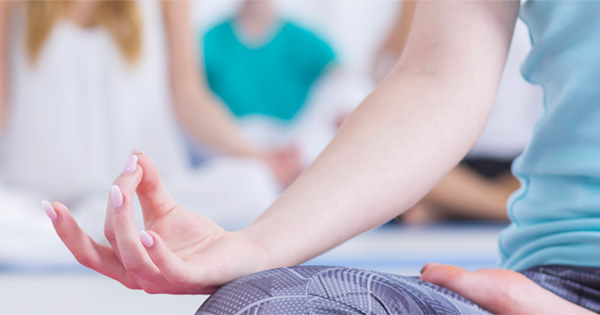“Prana is the divine force of all function in the body.”
Hello beautiful soul, I salute you from the most divine part of me to the most divine part of you. Together, we will be progressing through a series of articles dedicated to the topic of pranayama, one of my favorite topics and of extreme importance. It is my pleasure to share this collective research and my personal experiences with you. And so the journey begins …
What is Pranayama
Pranayama has been around for centuries and is a common practice in the world of yoga but not restricted to this category. While some modern yoga practitioners have associated yoga with the performance of physical postures otherwise known as asanas, the earlier recorded texts of yoga hardly mention asana but focused more on the pursuit of liberation through meditation and pranayama.1
The word pranayama comes from the Sanskrit language. Pranayama (prana= vital energy + yama= control) is defined as set of practices designed to control prana within the body by various forms of breathing techniques, meditative visualizations, and physical locks/retention (kumbhaka).1
The History of Pranayama
The practice of pranayama dates back to ancient India and the origin of yoga. References of Pranayama are mentioned in early yogi texts as early as 3,000 BCE in the Chandoya Upanishad. However, Pranayama as a breathing practice was first mentioned in yogic literature around 700 BCE in the Brihadanyaka Upanishad, which mentions in hym 1.5.23, the linking of breath practice to the regulation of vital energy. This was followed by the Bhagavad Gita (5th-2nd Century BCE) Chapter 4, verse 29, highlighting the use of conscious inhaling and exhaling and breath retention to create a trance like state.1 Then the Maitrayaniya Upanishad (4th Century BCE) in chapter 6, verse 29, states that deliverance can be accomplished by using a combination of breath retention practices and concentration on the syllable OM in order to redirect the prana through the Sushumna nadi or the body’s central energy channel.1
The Maitrayaniya which was the first to reference pranayama as a multifaceted system, is composed of a 6-limb system — Pranayama (breath control), Pratyahara (sensory withdrawal), Dharana (concentration), Dhyana (meditation), Tarka (reasoning), and Shamdhi (union).1 This evolved into the Yoga Sutras of Patanjali (100- 400 CE) which is a compilation of the early yoga traditions.
The Yoga Sutras of Patanjali is an 8-limb system as a path to yoga, composed of Asana (physical posture), Yama (social precepts), Niyama (ethical precepts), Pranayama, as well as 4 stages of meditative absorption (Pratyahara, Dharana, Dhyana, and Samadhi).1 Pranayama as the 4th limb, prepares the mind and body for the next 4 limbs, to achieve deep meditation, as we can see from an excerpt of the yoga sutra 2.522:
“When we practice Pranayama the veil is gradually drawn away from the mind and there is grown clarity. The mind becomes ready for deep mediation”.2
As we progress through these series of pranayama articles will we continue to dive deeper into the concept and gain tools that can support us in our practice and daily living.
References
1 Gaia.com
2 Ekhartyoga.com
Author: Jackeline Vajta, M.D.
